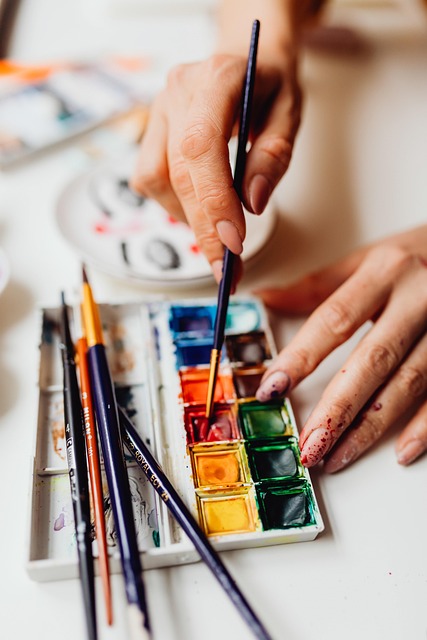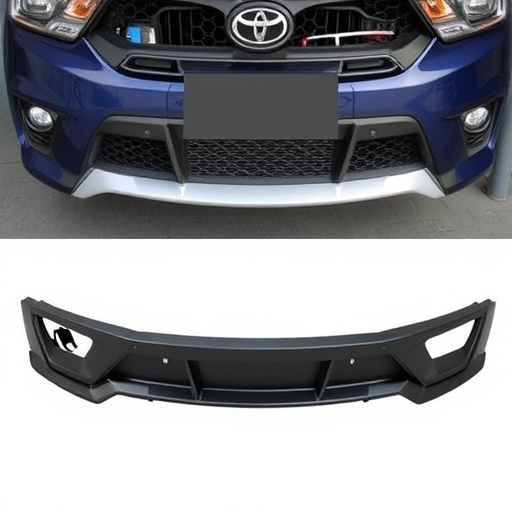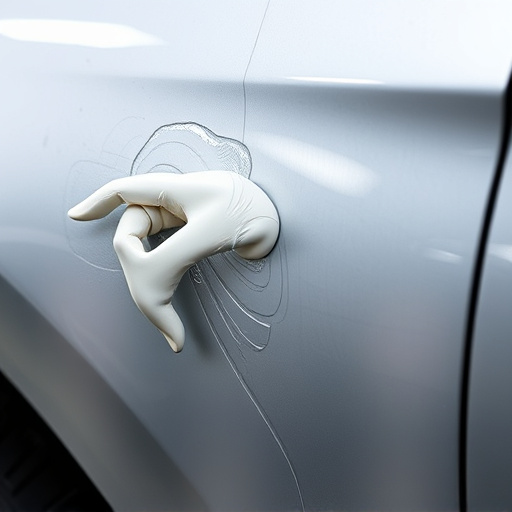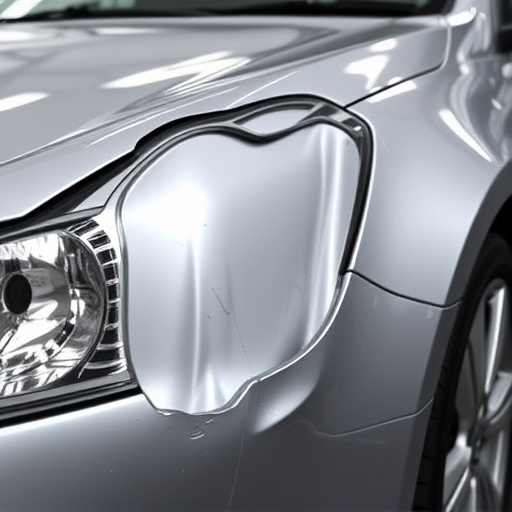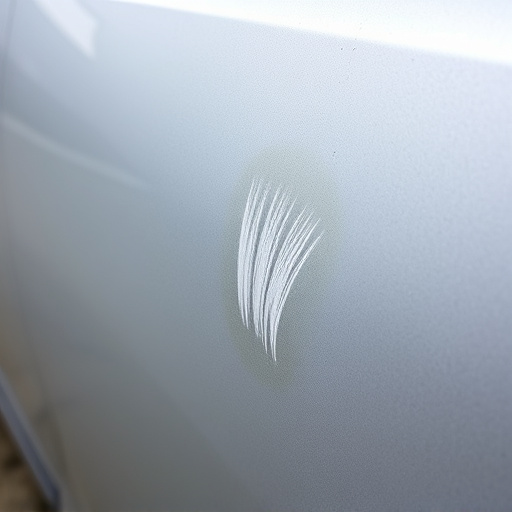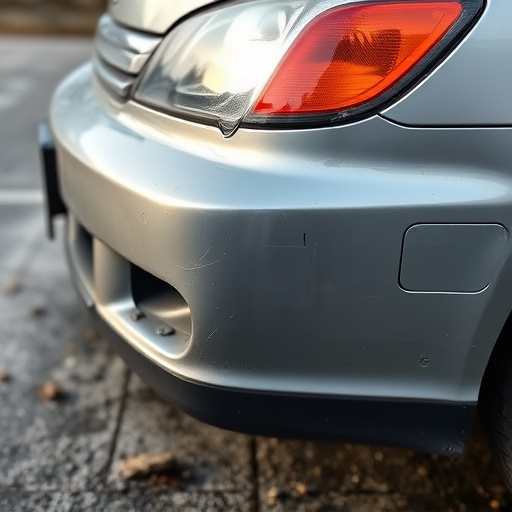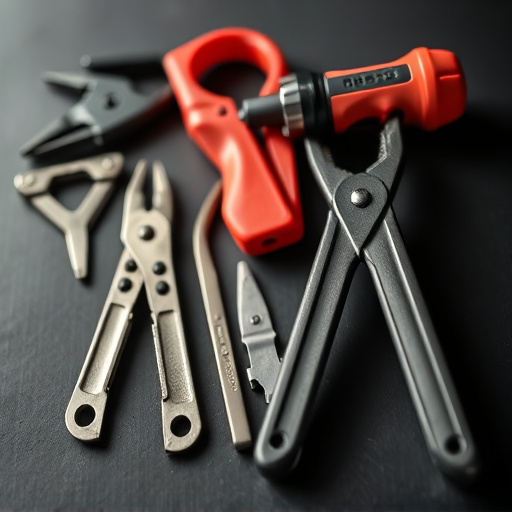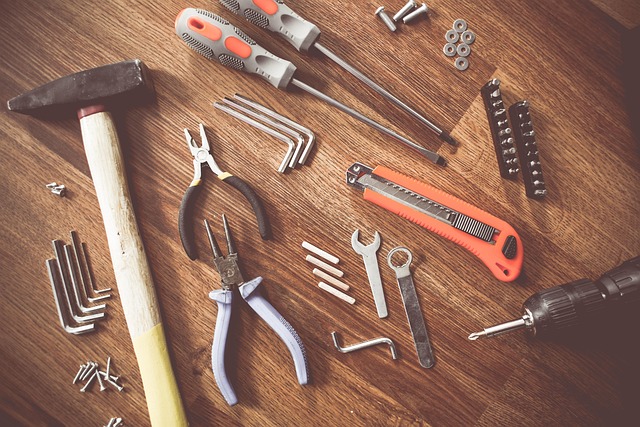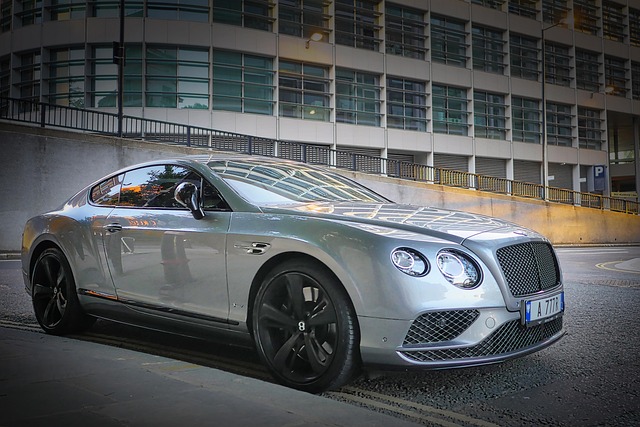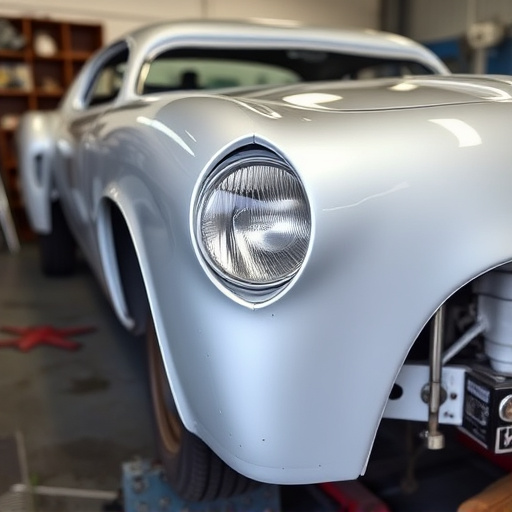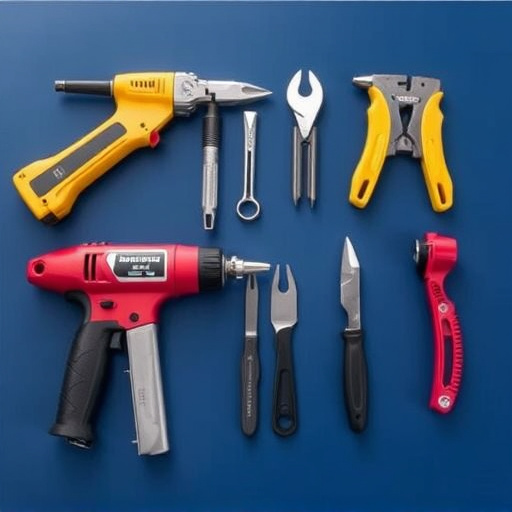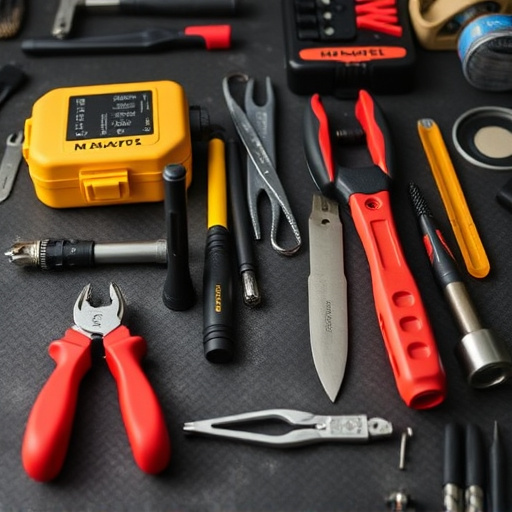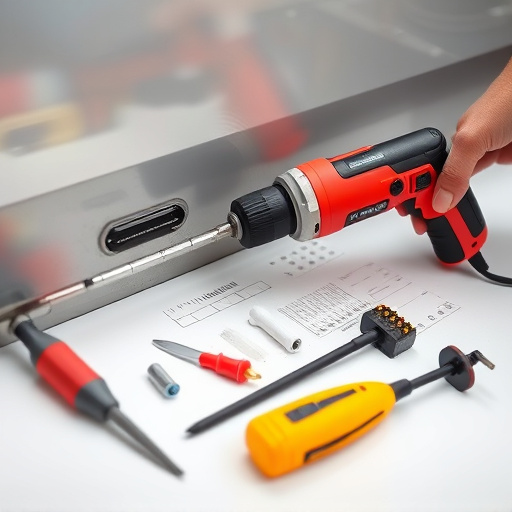Selecting high-quality coatings and sealants is crucial for preserving the results of auto body restoration. Polyurethane and other durable materials offer superior weather resistance, protecting against UV rays, tree sap, and bird droppings. Choosing the right protective layers ensures the longevity of the restoration, safeguarding its visual appeal over time. Investing in premium auto body painting supplies from reputable manufacturers prevents future repairs and maintains the vehicle's refurbished appearance. Understanding the multi-layered protective system, including paint, clear coat, and sealer, is key to optimal collision repair and bodywork services. Sealers with specific properties ensure long-lasting protection, keeping restored vehicles vibrant for years.
Auto body restoration is a meticulous art that requires trusted techniques to ensure lasting results. This comprehensive guide explores the essential elements of preserving your restored vehicle’s sleek finish. From selecting the right coatings and sealants, ensuring proper application techniques, to implementing effective maintenance routines, we uncover valuable insights. By understanding these key strategies, you’ll safeguard against environmental damage, common issues, and maintain the beauty of your auto body restoration for years to come.
- Choosing the Right Coatings and Sealants
- – Selecting durable and high-quality products
- – Understanding different types of coatings (paint, clear coat, sealer)
Choosing the Right Coatings and Sealants
When it comes to preserving the results of auto body restoration, selecting the appropriate coatings and sealants is a key step. These protective layers not only enhance the visual appeal but also safeguard against future damage. Opt for high-quality products designed specifically for automotive use, ensuring they offer superior durability and resistance to weather conditions. Polyurethane, for instance, is a popular choice due to its exceptional hardness and ability to withstand extreme temperatures.
The right coatings should provide a seamless finish, filling in any minor imperfections from the restoration process. This creates a smooth surface that not only looks appealing but also acts as a barrier against environmental factors like UV rays, tree sap, and bird droppings, which can cause unsightly stains or even damage to the paintwork. Remember, choosing the right protective layers is an essential step in maintaining the integrity of auto body restoration work, ensuring it lasts for years to come.
– Selecting durable and high-quality products
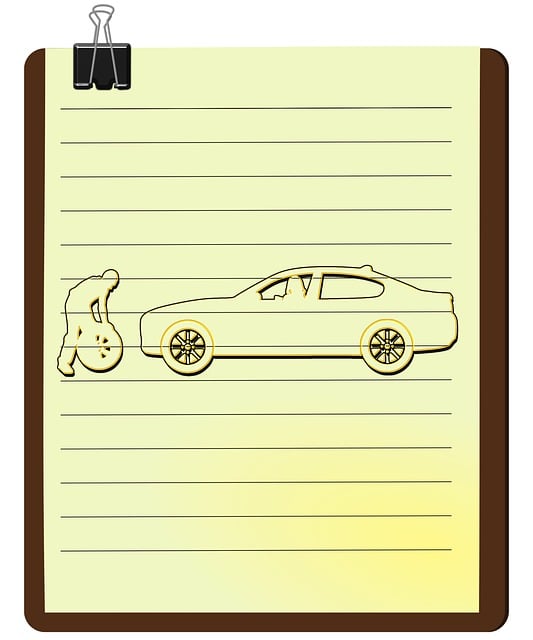
Choosing the right materials is a cornerstone when aiming to preserve the results of an auto body restoration project. Opting for durable and high-quality products ensures longevity, preventing premature fading, chipping, or rust. Look for paints and coatings that are specifically designed for automotive applications, offering excellent resistance to harsh weather conditions and UV exposure. These advanced formulations not only enhance the visual appeal but also safeguard the restored surface against future damage.
Among the key considerations, selecting premium auto body painting supplies from reputable manufacturers can make a significant difference. The best products often come with superior bonding strength, ensuring they adhere firmly to the vehicle’s surface, resisting peeling and flaking over time. Additionally, choosing high-quality materials saves money in the long run by reducing the need for frequent repairs or re-restoration work. Remember, investing in durable auto body restoration supplies is an investment in the overall quality and longevity of your vehicle’s refurbished appearance.
– Understanding different types of coatings (paint, clear coat, sealer)
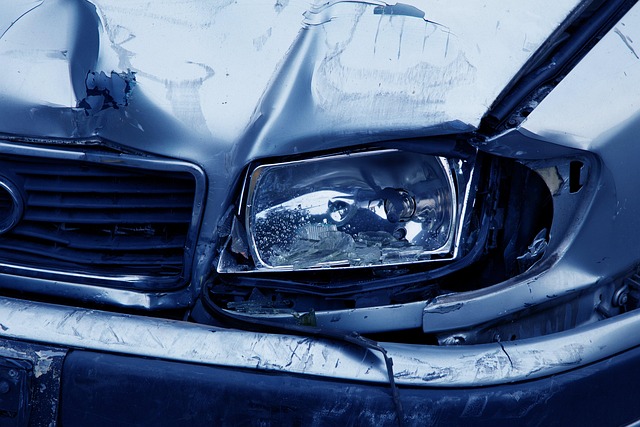
The success of auto body restoration lies in understanding the various coatings used to protect and enhance the car’s exterior. In the realm of auto body restoration, a symphony of protective layers—paint, clear coat, and sealer—works together to ensure longevity and a glossy finish. Each serves a distinct purpose: paint provides color and base protection; clear coat acts as a durable, transparent layer that enhances shine and guards against environmental factors; and sealer creates an extra barrier, preventing moisture penetration and promoting overall durability.
Choosing the right combination for your collision repair shop or car bodywork services is paramount. For instance, while a single paint job might suffice for minor repairs, more extensive car body restoration often requires multiple coats of clear coat to achieve a seamless, indelible finish. Sealers, too, vary in type and quality; some are designed to resist extreme temperatures, others to shield against UV rays. Knowing these nuances allows restorers to tailor their approach, ensuring the restored vehicle not only looks vibrant and new but also remains so for years to come.
Preserving the results of auto body restoration is key to ensuring your vehicle’s sleek and repaired finish lasts. By choosing the right coatings and sealants, specifically those that are durable and high-quality, you protect against environmental damage and ensure the longevity of the restoration work. Understanding the different types of coatings, such as paint, clear coat, and sealer, empowers car owners to make informed decisions, contributing to a vibrant and lasting auto body restoration.
